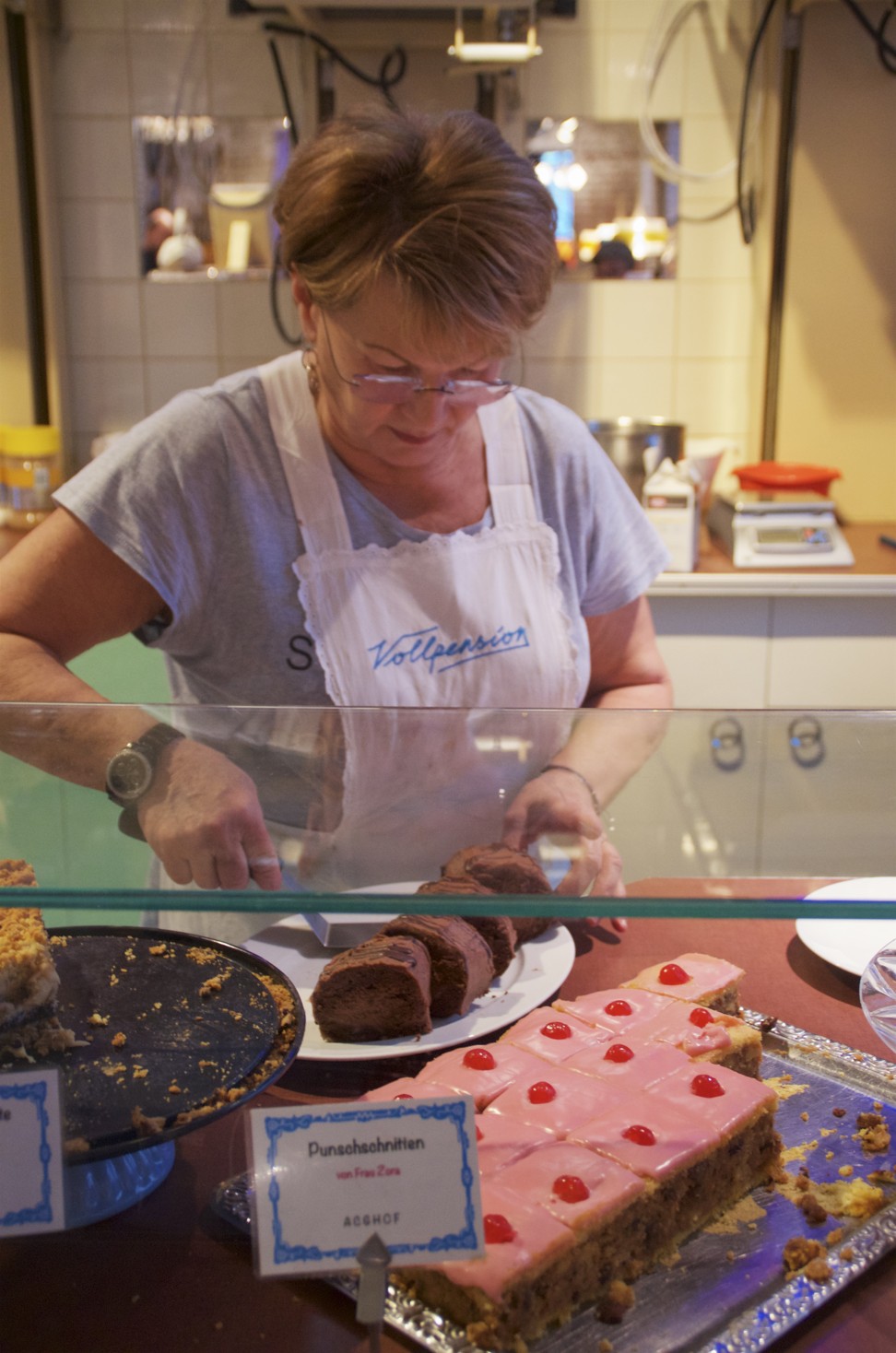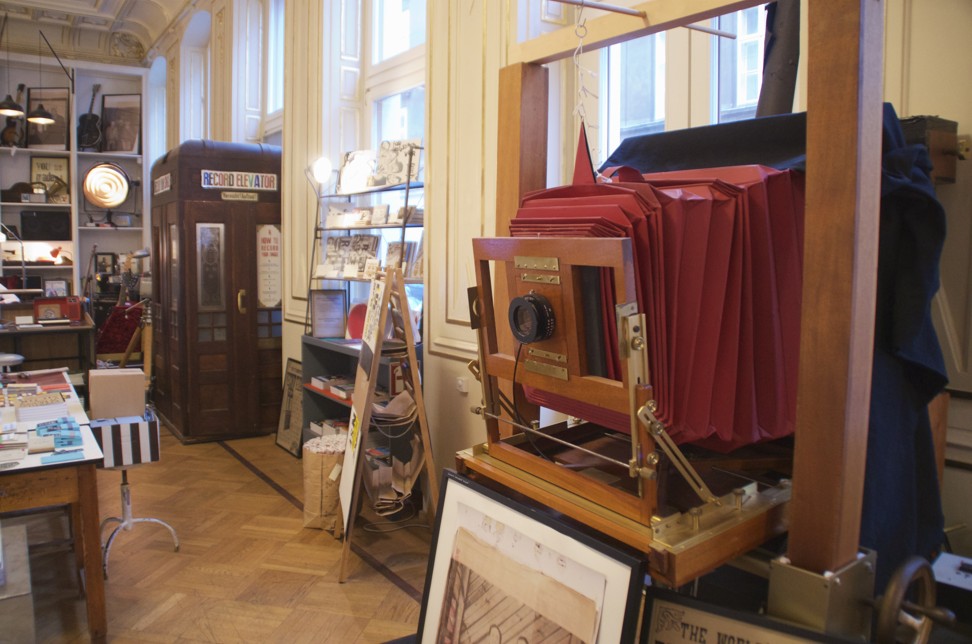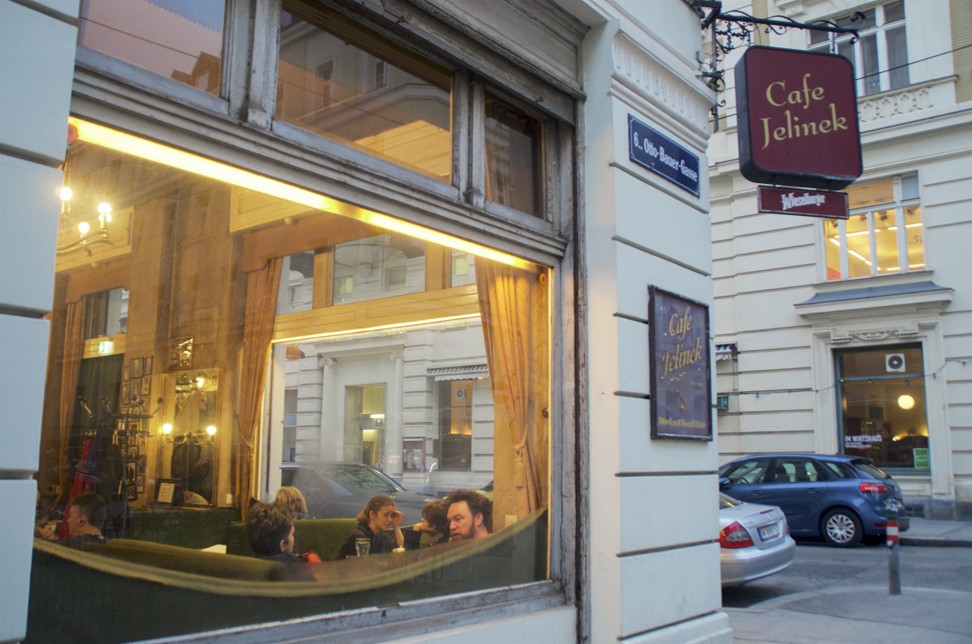
Vienna rediscovers its coffee culture mojo - it’s not just your average cup of joe
- Viennese coffee houses are riding a ‘third wave’ with innovative newcomers joining the grand tourist hot spots
- At revived community cafes, owners and locals are on cheek-kissing terms

Forget parvenu Starbucks. Vienna’s love of coffee dates as far back as 1683, when Turkish forces retreating from a failed siege left behind a sack of beans, which one well-travelled Austrian aristocrat knew how to prepare. Tradition has it he opened Vienna’s first cafe soon afterwards, and the first written record of a Viennese coffee house dates to just two years later.
Coffee houses sprang up everywhere and by the late 19th century, they’d become meeting places for intellectual debate. Impecunious writers and wannabe revolutionaries alike could treat these large, high-ceilinged spaces as living rooms, buying a single cup of coffee for the right to spend hours undisturbed over the newspapers provided, or discussing their contents.
By the 1950s, however, Vienna’s coffee houses were in decline, challenged first by Italian-style espresso bars and then by bland international chains. In recent times things have perked up.
There’s been a revival of community coffee houses where locals are on cheek-kissing terms with the owners, as well as the arrival of a so-called third wave of cafes, which are as innovative as they are varied.

In their day, the traditional coffee houses, too, were given to innovation. For instance, the poet Peter Altenberg (1859-1919) had not only his mail but also his laundry sent to Cafe Central. Famous but penniless, he frequently paid his bill in literary bons mots hastily scribbled on the backs of napkins, thus pioneering cashless payments.
At more or less the same address for more than 140 years, Cafe Central at Herrengasse 14 is perhaps the ideal of Viennese coffee house elegance. Marble columns support an elaborate vaulted ceiling, its ribs painted like those of a baroque cloister. Visitors whose coffee vocabulary is limited to “latte” and “cappuccino” will need the menu to cope with the cafe’s 40-plus offerings, before perhaps ordering an einspänner – a double espresso topped with a tower of whipped cream.
“But it’s in all the guide books now,” sniffs one Viennese friend, “so no Austrians go there.”
Where Austrians certainly do go is to Vollpension, in a slightly sunken corner location at Schleifmühlgasse 16. This is a “generation” cafe that’s partly a social project, where retired but sprightly omas (grandmothers) with time on their hands get a social life while serving a younger generation the sort of baking that invokes nostalgia for childhood.

The furniture and decoration are also grandmotherly – overstuffed armchairs and floor lamps with fringed shades are arranged beneath family portraits on the walls. A youthful clientele tackles old-fashioned home baking such as chocolate roulade, nougat cream and punschschnitten, traditionally made from baking leftovers soaked in rum but here fresh, with hot-pink icing and a cherry on top.
The etiquette of traditional Viennese coffee shops is observed. The waiter takes your order, brings you what you want, then leaves you alone. You’re not asked if “everything’s all right” or whether you want “something more”, and there’s no pressure to leave. Customers may spend the whole afternoon here if they wish, and some do.

Another popular example of the third wave is bright, high-ceilinged phil (which sounds like viel – “a lot” – in German), at Gumpendorferstrasse 10, which is more modern in its dietary thinking. The menu has carrot cake and salads in addition to traditional cakes, and the premises are part furniture showroom and part bookshop. The modern Vienna-designed chair you sit on is for sale, along with an imaginative selection of books hand-picked by the owners.
Supplementary sales are perhaps the solution to making a profit when the Viennese are used to spending hours over a single coffee. Possibly the ultimate example of this thinking can be found in Supersense, at Praterstrasse 70, a cafe that doubles as a printing house and recording studio, and whose owners delight in everything analogue.

By all means order an espresso and sit quietly with the kind of home-made sticky torte the Viennese adore (some prepared by the chef’s mother), but you can also transfer an mp3 file to vinyl, have someone take your portrait with a giant Polaroid camera or pick up a kit for making flip books.
The big windows and corner location, with its ornate ceiling and gilt detailing on the walls, speak of classic coffee house, but the tables and chairs share space with a mixing desk, books, stamps, that giant camera and a phone box in which you can transfer your singing directly onto a vinyl single.

Gimmicks aside, it’s important to the Viennese to have a coffee house they can call their own – a place in which to meet friends, be recognised as a regular and exchange greetings with the owner. For this sort of community cafe it’s necessary to venture walking distance out of the city centre, to somewhere such as Cafe Jelinek, at Otto-Bauer-Gasse 5, which is full of students and local residents.
Jelinek is shabby but gemütlich (cheerful), with battered walls, banks of newspapers on wooden battens and a stove blazing away when necessary to beat back the Viennese winter. As well as the essential home-made cakes – no industrialised pastry allowed – there’s wine and beer available.

And for those who still desire a Vienna coffee house experience at its most old-world, if perhaps a little less visited than the big names, then Cafe Sperl, at Gumpendorferstrasse 11, in the Mariahilf district, could be what’s required.
Sperl’s success is based on it having changed very little since the cafe opened in the 1880s. A time traveller from the early days would recognise the round marble tables and the upholstery, a large amount of the original cloth having been purchased and stored by the first owner.
The high arched windows are hung with golden curtains, there’s the gentle hum of chat and chink of spoon on cup, and light bounces onto the room’s wooden panelling from a vast, clock-topped mirror painted with the cafe’s name. The waiters bustle about in traditional waistcoats and bow-ties, each coffee arriving on a small silver tray along with a bowl of sugar lumps and a glass of water.
Whichever establishment you choose, if you make repeated visits you’ll perhaps begin to think as the Viennese do; that having a favourite cafe makes you feel less anonymous in the big, busy city.